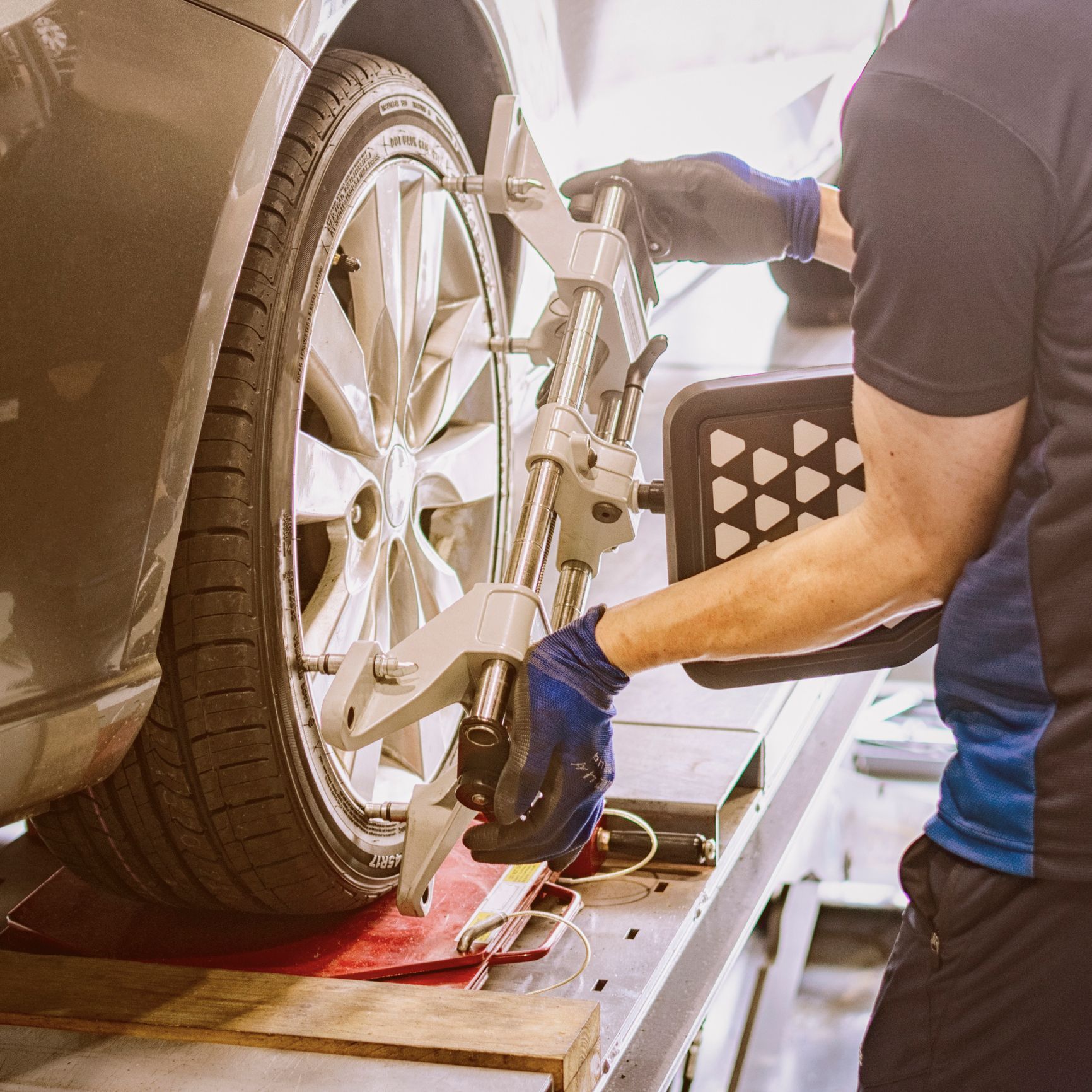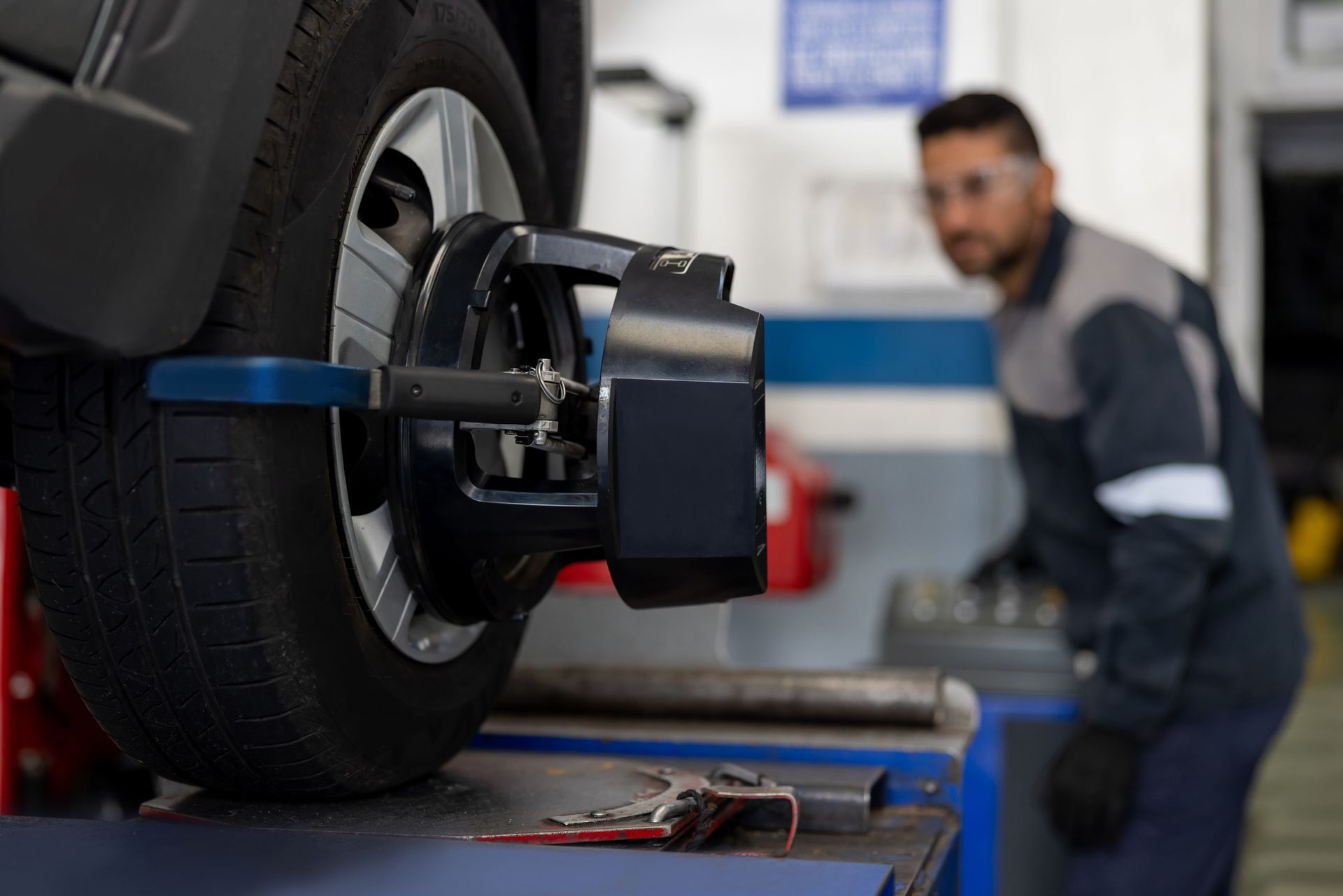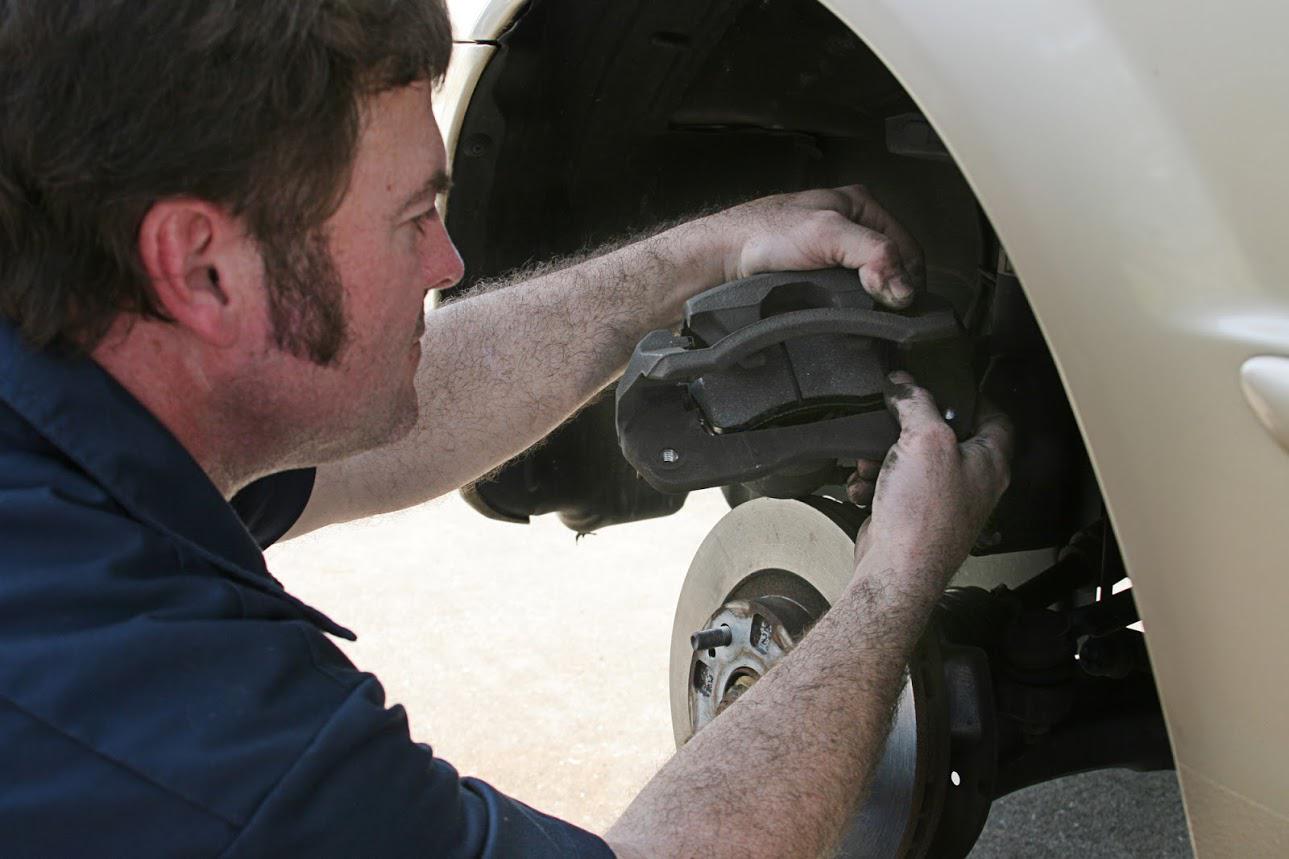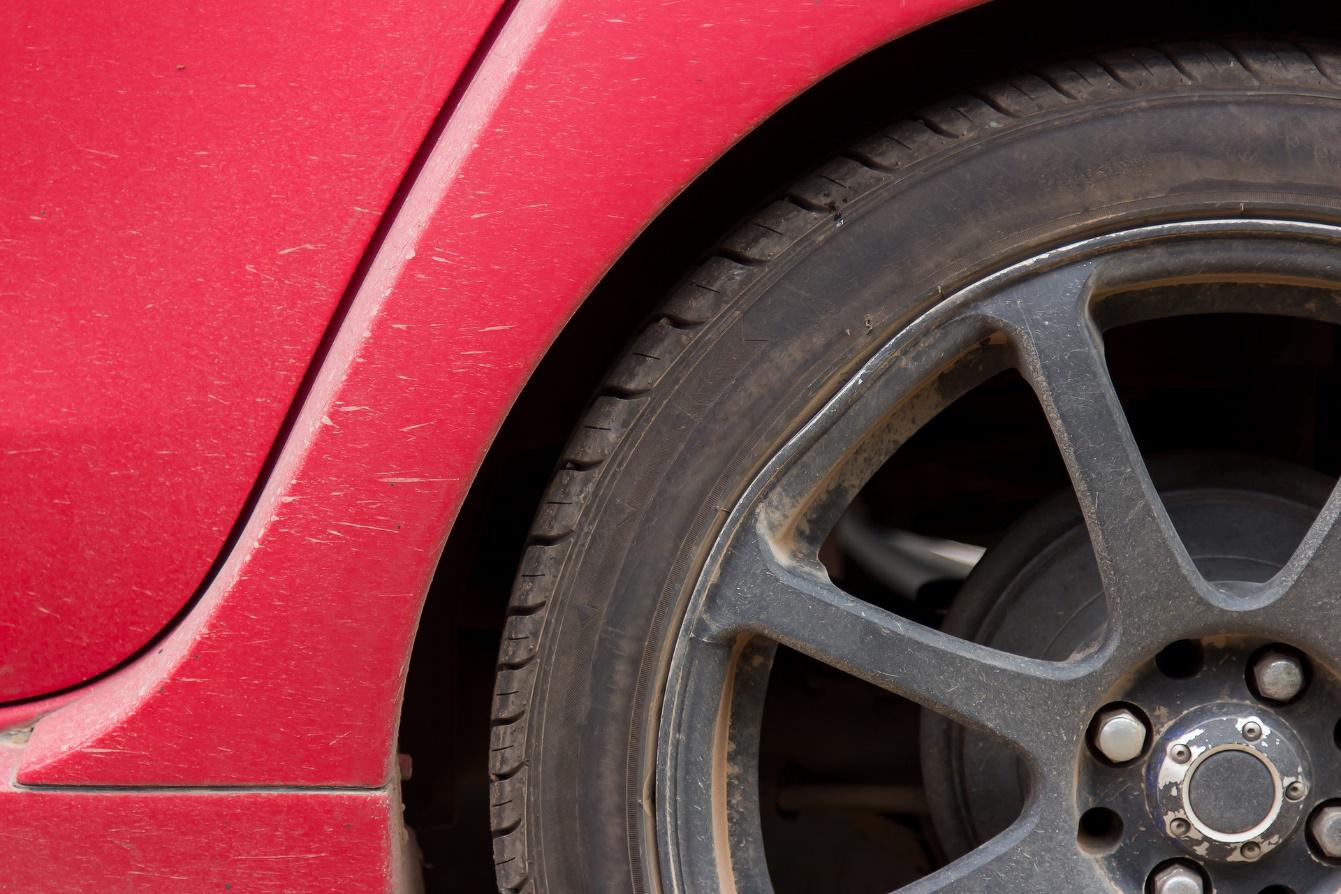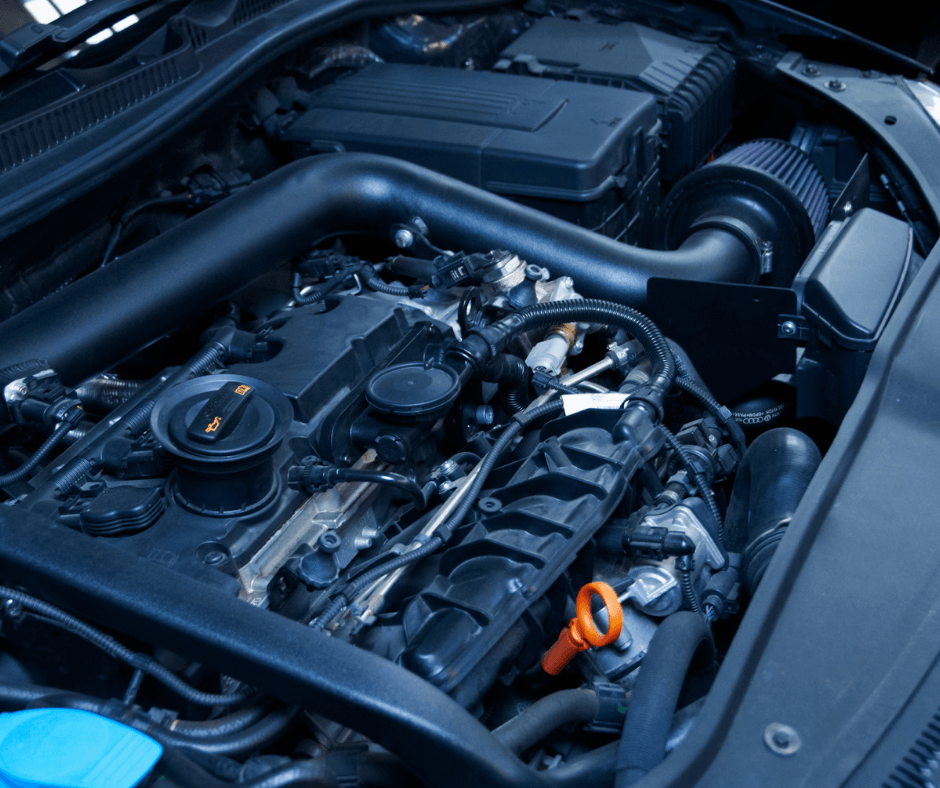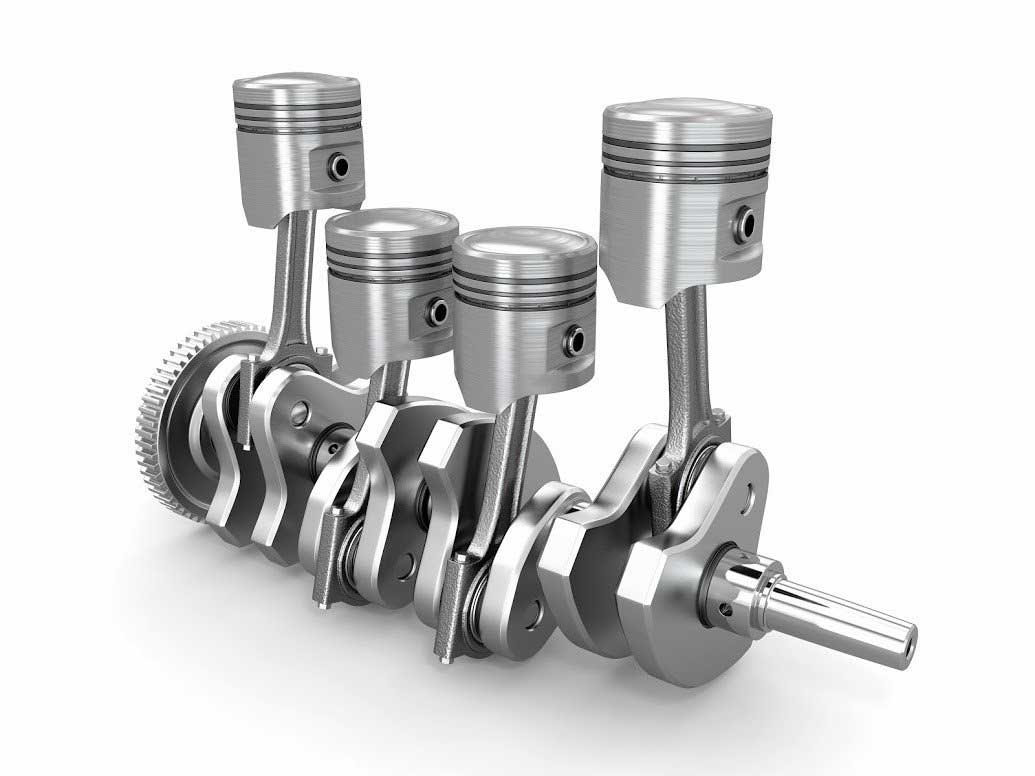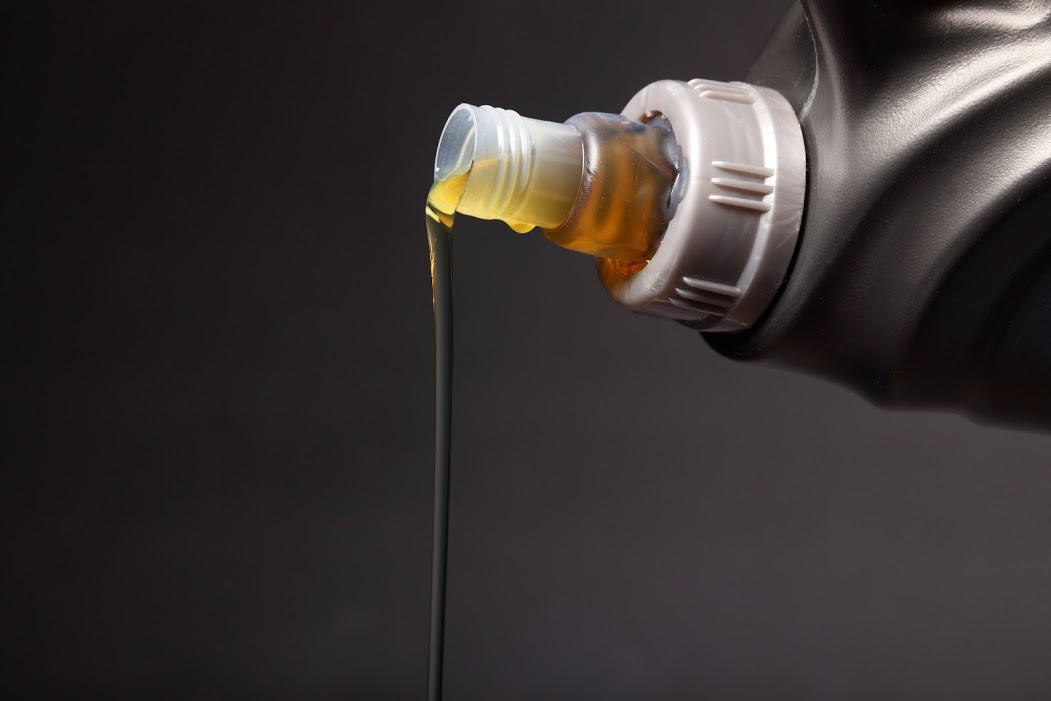3 Common Causes of EGR Valve Problems
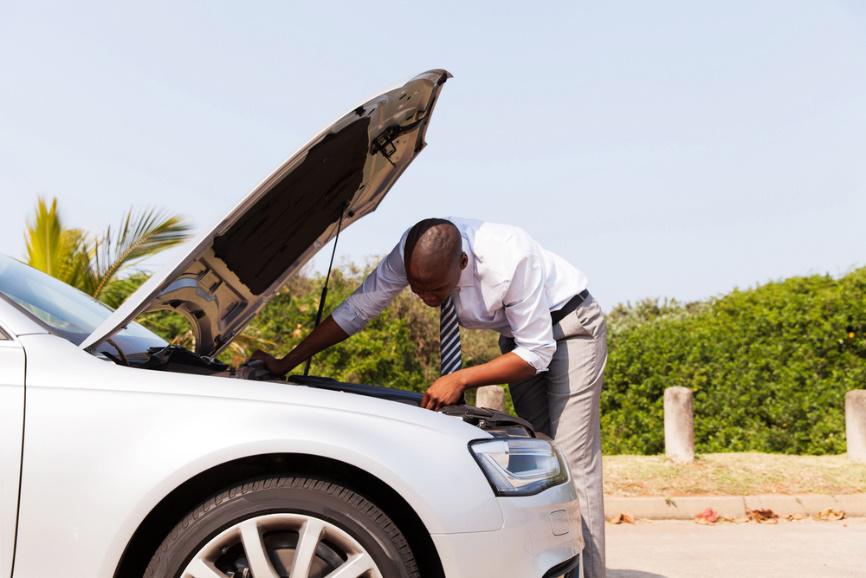
All automotive engines produce a type of toxic chemical known as nitrogen oxide. Historically, most nitrogen oxide passed out of a car along with the exhaust. Yet as emissions standards have grown stricter, many new cars now include an exhaust gas recirculation system. This system cycles exhaust back through the engine, thus reducing nitrogen oxide levels.
The key component in this system is the exhaust gas recirculation valve, or EGR valve. Unfortunately, if your EGR ceases to work properly, serious problems may ensue. If you would like to boost your automotive knowledge, keep reading. This article outlines three common causes of EGR valve problems.
1. Faulty Temperature Sensor
As discussed above, the most important goal of the exhaust gas recirculation system involves reducing nitrogen oxide levels. Yet your EGR valve also ensures ideal fuel efficiency by helping to regulate the temperature and pressure inside of your engine cylinders. To deliver the best results, your EGR valve only opens up at certain key times.
In order to know when to open and close, your EGR valve relies on the information it receives from the EGR temperature sensor. As engine temperatures rise, the EGR valve opens progressively wider to compensate. Once engine temperatures have cooled, the EGR valve then closes again.
A common source of EGR failure doesn't actually involve the valve itself. If the EGR temperature goes bad, or takes faulty reading as the result of carbon build-up, your EGR valve will fail to perform the way it should. In most cases, the EGR system flow will remain insufficient, no matter how hot your engine becomes.
Fortunately, you can usually restore normal operations by having your temperature sensor inspected and replaced if necessary.
2. Clogged EGR Pipe
Your EGR system routes exhaust back to the engine through a dedicated section of tubing, often referred to as the EGR pipe. The exhaust flowing through the EGR pipe contains a large number of contaminants, including soot. Over time, such substances tend to build up on the walls of the EGR pipe. Eventually the deposits can grow thick enough to interrupt flow altogether.
This issue leads to the same set of problems as a faulty temperature sensor. Namely, the EGR system will suffer from an insufficient flow rate. As a result, engine temperatures often rise to dangerous levels. Fortunately, an experienced mechanic can easily fix a clogged EGR pipe.
The solution involves detaching the EGR pipe and spraying the inside with carburetor cleaner. This substance loosens up any deposits, which the mechanic then scrubs free using a metal-bristled brush.
3. Sticky EGR Valve
The same contaminants that can clog up your EGR pipe also accumulate on the valve itself. Over time, those substances make it more difficult for the valve to open and close properly. The valve may even become stuck in a partially open or partially closed position. As you can imagine, both of these scenarios wreak havoc on the performance of your EGR system.
An EGR valve that sticks in the closed position will fail to allow any exhaust into your engine. As a result, engine temperatures rise, often resulting in knocking or pinging noises. An EGR valve that becomes stuck in its open position allows too much exhaust into your engine. This extra exhaust often causes the vehicle to idle more roughly than usual or even stall out entirely.
In some cases, a mechanic can fix the issue simply by cleaning any deposits off of your EGR valve. If the build-up has led to mechanical damage, however, you may need to have an entirely new EGR valve installed.
The EGR valve plays a key role in both emissions control and engine performance. For more information about the state of your EGR valve, contact us at Dualtone.

